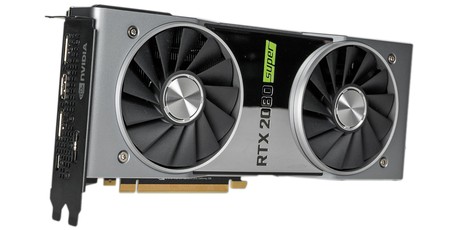
Performance Analysis
1080p was never going to be much of a challenge for this card. With average frame rates ranging from 79fps to 141fps, you can confidently pair it with a high refresh rate monitor and still enjoy maximum detail on AAA titles.
1440p remains the sweet spot for RTX 2080 Super. Average frame rates are always above 60fps, and in half our titles we see around 90fps or higher. In terms of 99th percentile, we see a low of 42fps in Metro Exodus, a result which pretty much guarantees smooth 1440p gameplay across the board given how punishing this one is. Even with RTX enabled in this title, a 99th percentile frame rate of 35fps means you also have scope to enable ray tracing while sticking to 1440p.
Despite the extra cores and clock speeds, RTX 2080 Super remains unable to fully cope at 4K. In some titles you’ll get a good experience, such as Far Cry New Dawn where we see 52fps on the 99th percentile and 65fps on average, but others like Total War: Three Kingdoms and Metro Exodus see sub-30fps 99th percentile values.
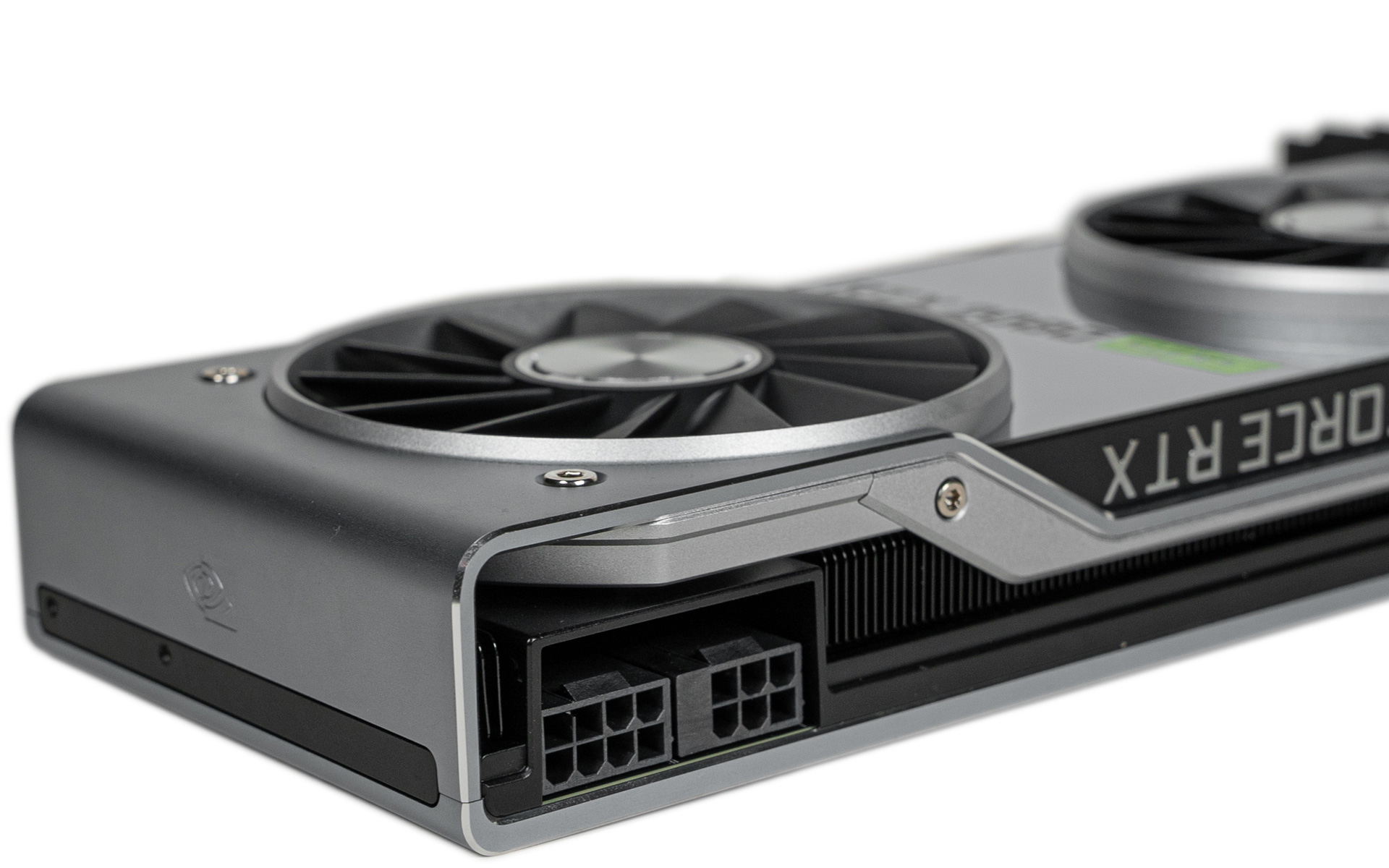
The RTX 2080 Super is 6.5 percent faster than the RTX 2080 Founders Edition overall, but remember the latter card is factory overclocked, so performance over a stock RTX 2080 will be a little more. The Division 2 is the game that sees the most benefit of the new cores and higher memory frequency.
The sticking point for RTX 2080 Super will be its performance versus RTX 2070 Super, however: just 13.5 percent overall. The advantage does scale with resolution, likely as a result of that extra GDDR6 speed, but even at 4K it’s only a 15 percent difference.
AMD doesn’t really have a competitive alternative to RTX 2080 Super, as recent launches have made the Radeon VII mostly irrelevant from a gamer’s perspective. Over that card, Nvidia’s new part is 18 percent quicker overall, and it’s also 26 percent faster on average than the RX 5700 XT. That latter figure disguises a big range of differences between games however. Even excluding the more CPU-limited 1080p tests, RTX 2080 ranges from 13 percent faster than RX 5700 XT (Assassin’s Creed Odyssey and Far Cry New Dawn) all the way to 42 percent faster in The Division 2.
Total system power consumption is ~15W less than when using the RTX 2080 Ti Founders Edition, a card rated 10W higher, so no surprises there. RTX 2080 Super is undeniably more efficient than the Radeon VII, which sees total consumption ~45W higher.
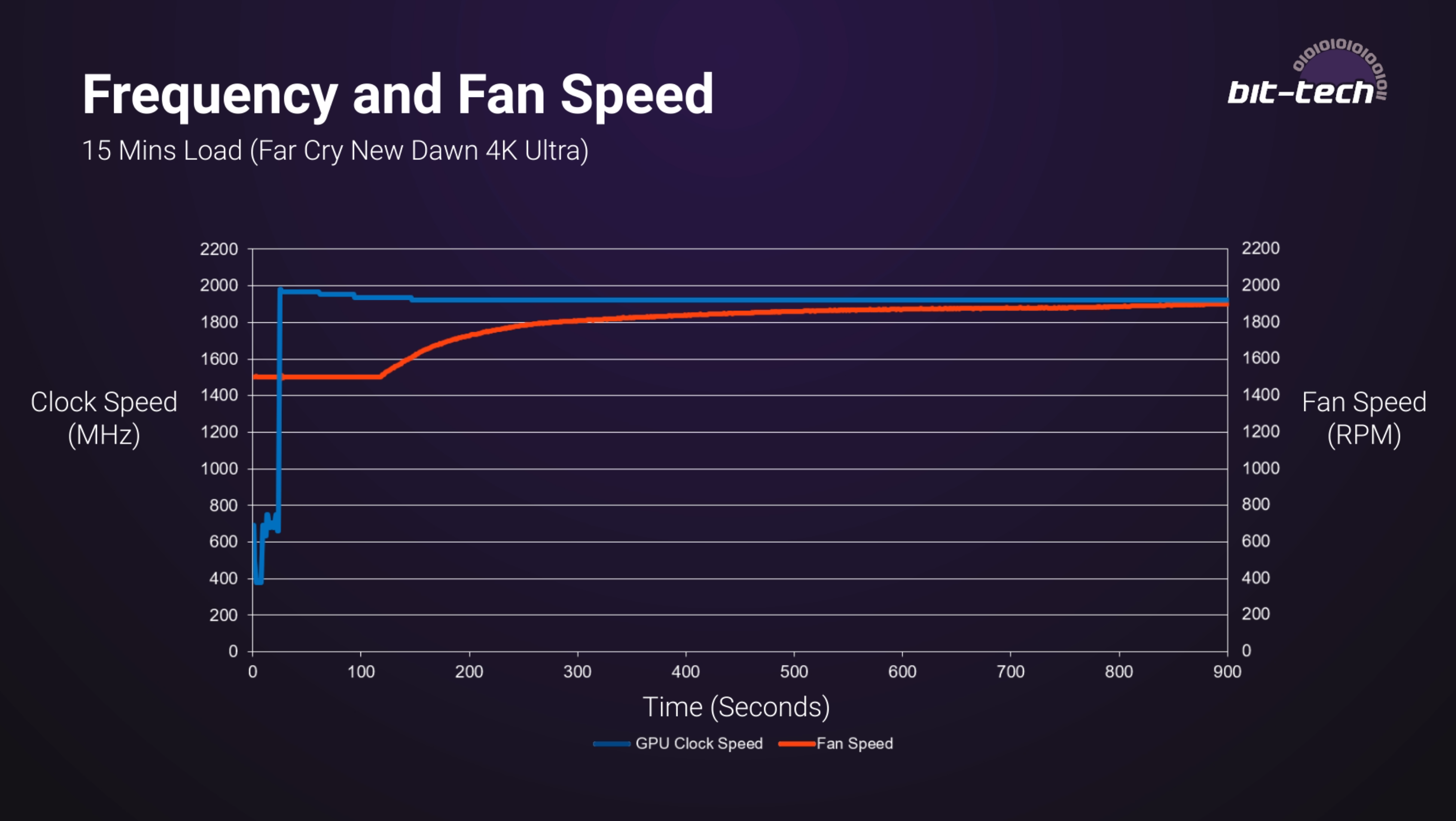
Boost behaviour is excellent with this card, settling at a rock solid 1,920MHz quickly and maintaining it over prolonged load. Thermals are well handled as well, with the GPU never going beyond 73°C in a room with an ambient temperature of 24°C, leaving the RTX 2080 Super with a delta T that’s right in line with the cards that share its cooler design. Fan speeds peaked at about 1,900 RPM, which is similar to what we saw with RTX 2080, and noise output was respectable, although partners will definitely be able to offer lower temperatures/noise levels, especially with larger cards.
Overclocking saw us improve performance by seven or eight percent, and again the boost was rock solid at 2,040MHz. Your mileage may vary, of course, but RTX 2080 Super looks to be on par with other Turing parts for overclockability i.e. pretty decent, and the new faster memory has a surprising amount of headroom too.

MSI MPG Velox 100R Chassis Review
October 14 2021 | 15:04

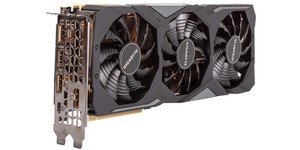
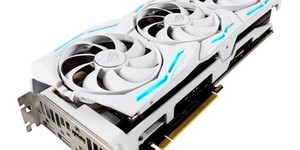
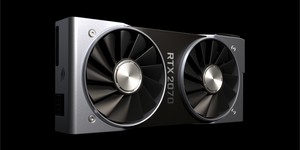




Want to comment? Please log in.